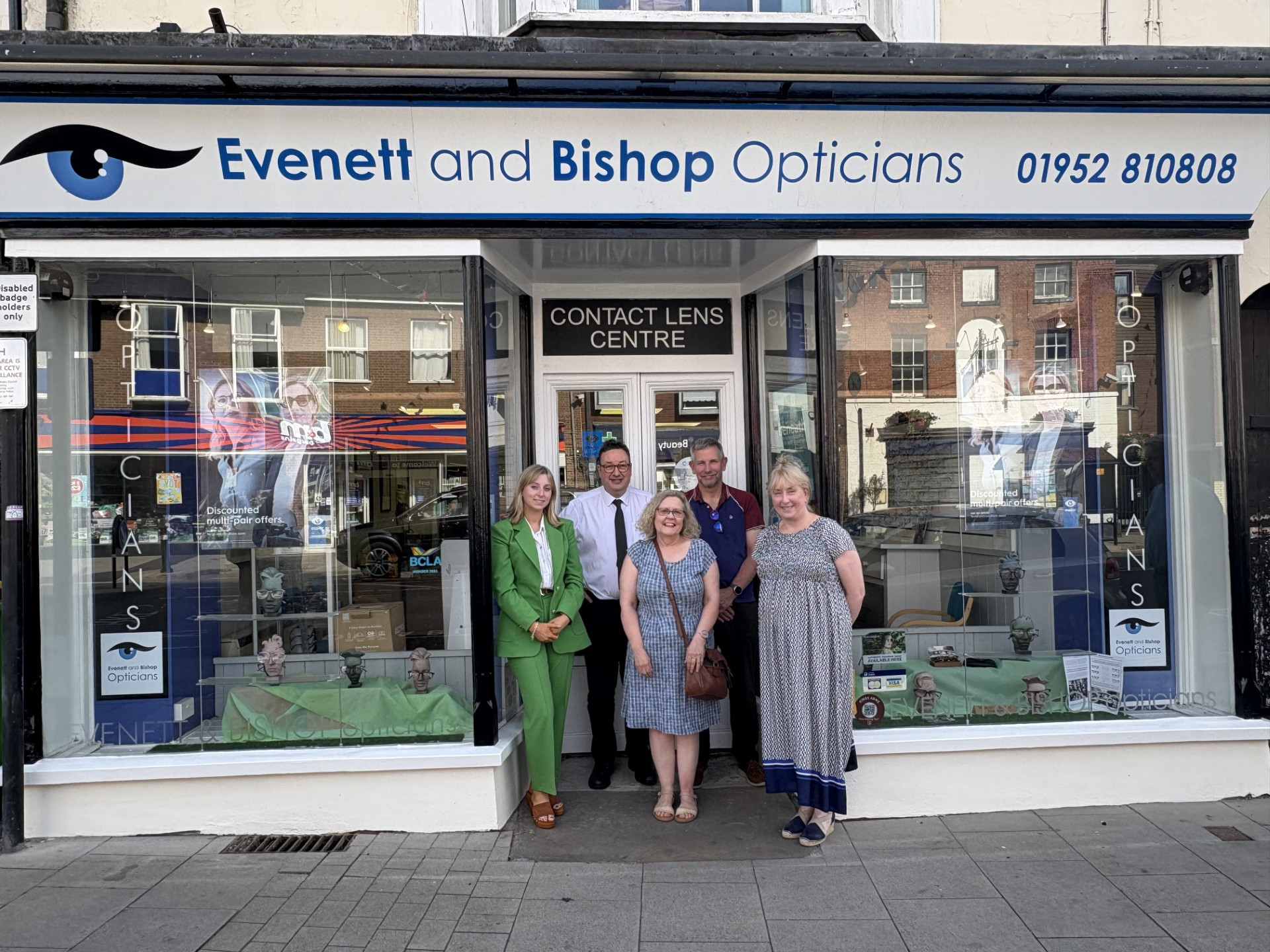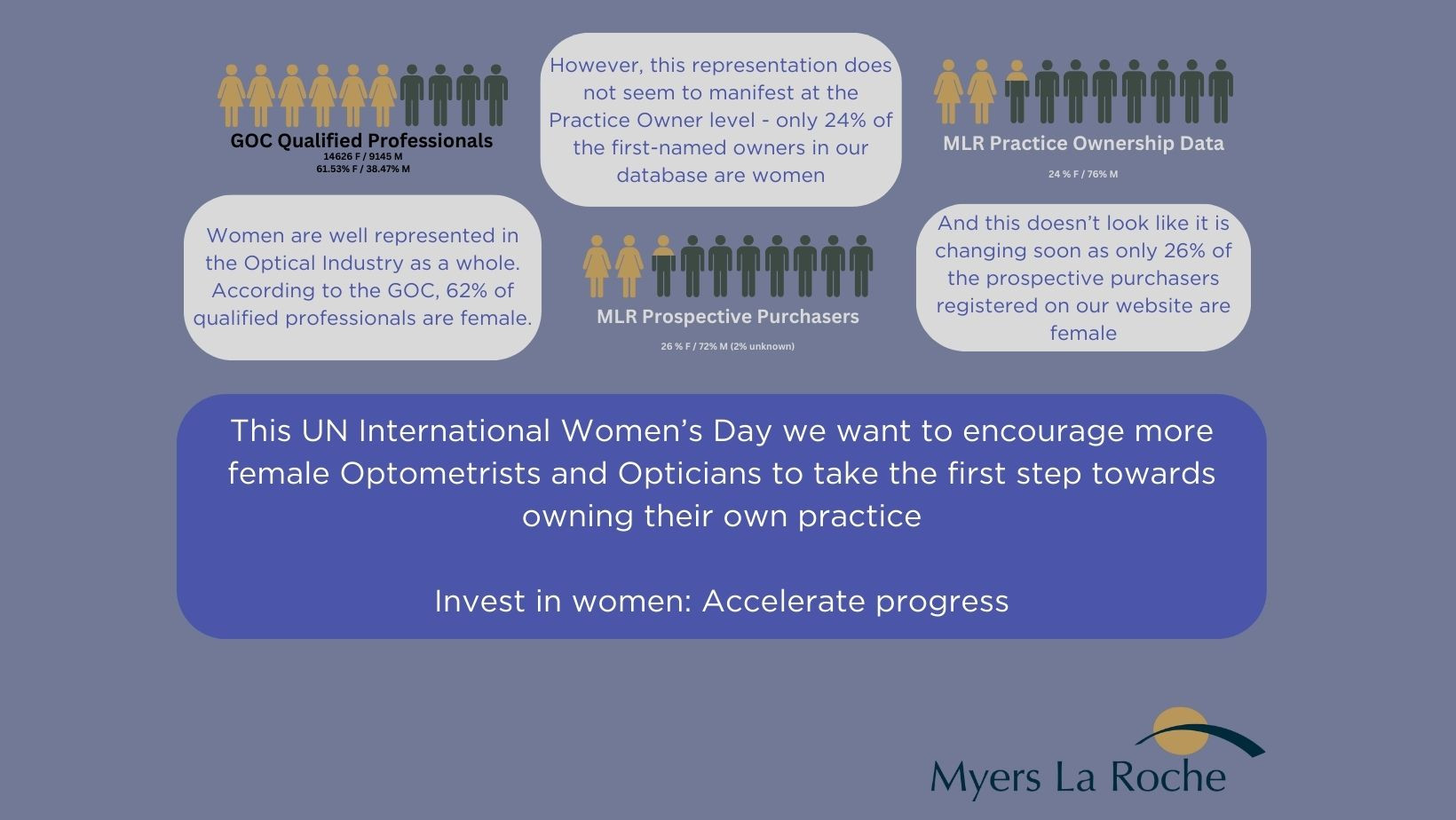For decades, NHS funding arrangements for eye care have suppressed average patient revenues in the independent optical sector. We know all too well that at just £23.14 in England and Northern Ireland the NHS fee for a standard sight test covers just a fraction of the true cost of actually delivering the service from the average retail premises. Even the enhanced Welsh fee structure fails to remedy this situation.
Over the last few years, a small, but growing group of pioneers have ditched their NHS contracts to successfully go 100% private. Whilst at the same time, other practices have gone the other way and become more reliant on NHS revenue, with the adoption of shared care schemes.
We have also seen an increase in private specialisms such as behavioural optometry, orthokeratology, dry eye clinics and myopia control.
SO WHAT IS GOING ON, WHAT DOES THE FUTURE HOLD, AND WHAT IS THE RIGHT MODEL FOR MY PRACTICE?
Once more, we return to a key theme of this resource – the optical sector is a market of markets. This means that there is no ‘’one size fits all’ perfect operating model. When it comes to choosing the appropriate model it is very much horses for courses. Key variables include:
Practice location in terms of:
- Demographic profile (age and affluence) and size of local catchment population
- Quality and positioning of local competition (core testing and dispensing services)
- Quality and location of providers of specialist services in the wider catchment area (specialist services are scarce and therefore the size/radius of the catchment population for such services may be considerably wider than that for core services.

Maturity/scale/ and profitability of practice
- The key self-actualising driver for the owner i.e. is their motivation more commercial, or more clinical?
- The ability of the practice owner to create and delegate clear and effective systems for triaging patients
- NHS sight test remuneration and regulations; there is significant variance between who is entitled to a free NHS sight test and the amount a practice is remunerated, between the fixed fee regime in England, for example, and the much more generous and flexible ‘patient needs’ model in Scotland, making the economics of the models very different.
- Specific remuneration for local schemes such as MECS where a practice in one location may be rewarded far more generously than another in a different location for delivery of ostensibly the same service.
TIME TO THINK LIKE A DENTIST? SEGREGATED/RATIONED AND ANCILLARY SERVICES
We now appear to be at something of a tipping point: when Covid restrictions necessitated reduced testing volume this issue was finally brought to a head, with many business-minded owners no longer prepared to subsidise their time for the benefit of the NHS.
I don’t want to get bogged down in the legal or ethical aspects of this next point – but many practice owners have confided in me that during the Covid crisis, it was tempting for them to selectively recall and prioritise patients who historically have shown reliability in attending appointments and have been good spenders – and in some cases to restrict NHS clinics and offer more private appointments at a higher yield.
We have seen these trends and altered operating models 'stick'.
For many up-market practices, patients are shared with a similar local upmarket dental practice. This means that patients are used to paying higher prices for core services and for extras. In private dental you pay for X-rays – therefore the same patients in private optics are unlikely to be surprised by paying extra for OCT or Optomap for example.
There are several other relevant parallels with dentistry in relation to diversified income streams too;
- Patient Plans have achieved significant penetration in dental practices – and Myers La Roche’s data shows that pre-Covid, both the percentage of practices operating some form of monthly eye care scheme AND the percentage of the practices annual revenue achieved from the schemes as a percentage of net revenue were both increasing year on year. With practice management system suppliers now offering to facilitate direct debit schemes alongside the incumbent 3rd party value added suppliers (Eye Plan and Iris), we expect both of these trends to continue.
- Over the last decade private dental practices have increasingly introduced ancillary services – such as teeth whitening, Botox injections and adult braces – opportunities to gain existing and new high spending patients – and to utilise existing fixed overheads better. Similarly, many more of the larger optical practices are likely to incorporate other services, such as dry eye clinics and in-house Hearcare (fully owned, rather than via a 3rd party provider). To this end, Myers La Roche has begun to successfully sell small audiology practices to optical practices in the same towns. We can expect to see more of this type of multi-disciplinary mergers and acquisitions activity.
SHOULD YOU TAKE YOUR OPTICAL PRACTICE PRIVATE?
I first worked with an owner to take their practice private 8 years ago. The owner approached Myers La Roche in a state of near burn-out. He had been seeing increasing numbers of older patients attracted by his clinical reputation and unrushed [40 minute] sight test.
However a relatively high number of these customers had more limited budgets - or had a ‘’Martin Lewis moneysavingexpert.com’’ price focused mentality which meant that despite his best efforts and a great customer journey – they were still buying their glasses elsewhere.
Delivering a 40 minute NHS sight test to customers who then went on to buy their glasses round the corner at Specsavers was not only loss making for him, it was boosting Specsavers efficiency and profitability; indeed when we investigated it further it became apparent that Specsavers were actually referring some of their customers with more challenging pathology to him.
At the time, taking his practice fully private was quite a pioneering move. The practice was located in an affluent, but relatively ordinary town. The owner had no key contacts referring from local hospitals, no specialisms and decent, but not revolutionary or cutting edge testing equipment.
The first 12 months proved challenging, but as the diary became quieter as the price focused patients evaporated he stuck to his guns. He was right to hold his nerve and the move proved incredibly successful – both from a financial and an operational/ease of ownership perspective.
Within 2 years he was seeing fewer patients, but making more money - patients frequently began to comment about how much younger and less stressed he looked under the new regime.
We don’t have access to full statistics for the sector, but whilst numbers of 100% private independent practice are growing, they are still in a minority. However, reduced clinic volumes and closed door policies enforced by Covid certainly has encouraged more practice owners than ever to consider going private.
This is evidenced both by our conversations with clients, chatter on the topic on online optical boards and WhatsApp groups, but more tellingly, via the evidence that we have from the last 12 months, during which we are aware of more practices taking the plunge and going private than in any other equivalent time-frame.
As the number of success stories increases, we expect an acceleration in the number of practices transitioning to a private-only model.
However, going private is a bold decision – a leap of faith - and is certainly not a magic bullet for everyone. In most cases for it to be a success it requires an affluent catchment population of sufficient size, an attractive practice environment and a superb customer journey.
IS SHARED CARE RIGHT FOR YOUR PRACTICE?
The latest LOCSU data for England shows a 24% increase in the number of CCGs in England with either a MECS or CUES service commissioned. In April 2020 84 of 135 CCGs had a MECS service. By November, that number had risen to 104 having an urgent service. Northern Ireland, Scotland and Wales all offer their own system of shared care. So if you are in an area where there is a new service, is it right for your business?
Over the last few years, we have analysed the results on practices where shared care schemes have been rolled out with incredibly varied results in terms of practice profitability and impact:
- For quieter, less profitable practices, the impact may be positive, utilising spare capacity and bringing in valuable new patients and revenue.
- For some optometrist operators the introduction of shared care – at least on a self-actualising level – is a welcome development affording the opportunity to utilise clinical skills without the normal commercial pressures of dispensing optics
- For busier practices and for more commercially driven owners, there is a very real danger of schemes like MECS – unless very carefully managed - displacing higher yielding, more profitable activities and reducing annual revenue and profitability
For practices that already have a shared care scheme and whose owners are commercially motivated – the answer to this question is academic and lies in the practice’s financials and chair time capacity data. For practices considering introducing shared care it is a more difficult question to answer.

In Megatrend 4, we focus on ways that Owners can improve their experience of running their optical practice
More insights for you
Take a read below for further industry insights written by our Myers La Roche team:
Get in Touch
If you are interested in our services, then please call us on the number below:














